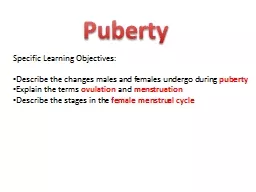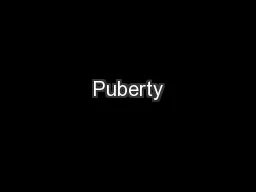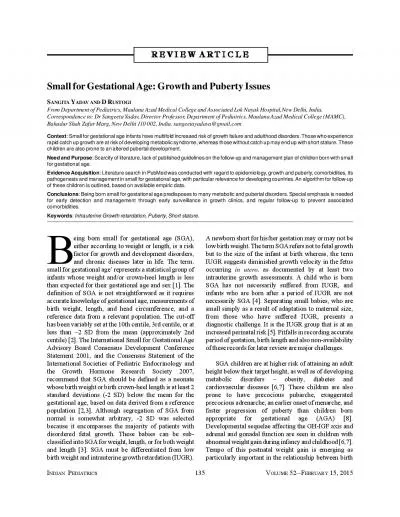PPT-Puberty & Tanner Staging
Author : tatiana-dople | Published Date : 2018-10-23
Price Ward MD A 13yearold boy presents for a routine health supervision visit He is very concerned about a lump on his chest that appears to be increasing in size
Presentation Embed Code
Download Presentation
Download Presentation The PPT/PDF document "Puberty & Tanner Staging" is the property of its rightful owner. Permission is granted to download and print the materials on this website for personal, non-commercial use only, and to display it on your personal computer provided you do not modify the materials and that you retain all copyright notices contained in the materials. By downloading content from our website, you accept the terms of this agreement.
Puberty & Tanner Staging: Transcript
Download Rules Of Document
"Puberty & Tanner Staging"The content belongs to its owner. You may download and print it for personal use, without modification, and keep all copyright notices. By downloading, you agree to these terms.
Related Documents














